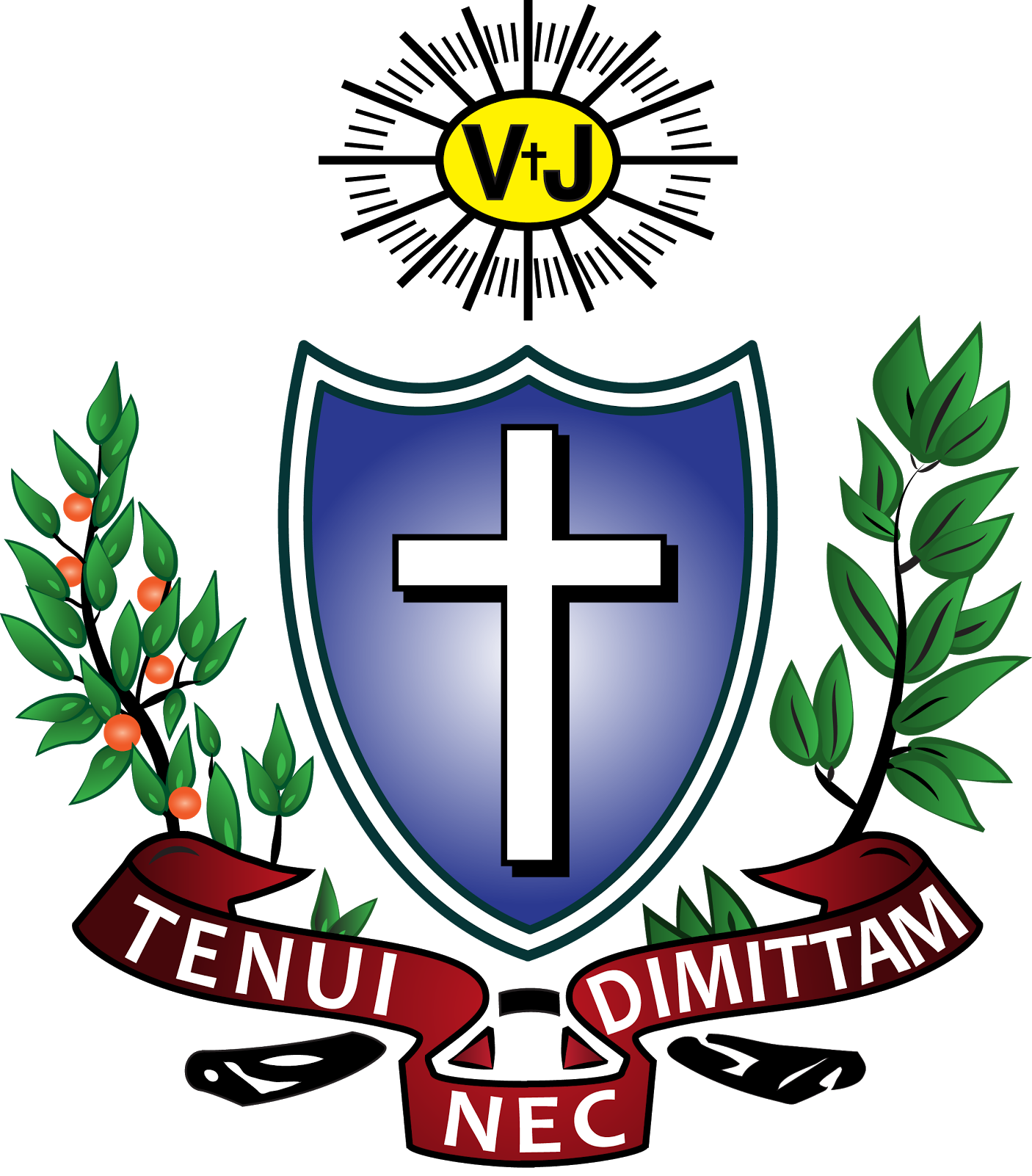Hope Blossoms
Portrait of Claudia “Lady Bird” Johnson.
The other day I was in the Washington, DC area for some meetings at our seminary and to visit Bishop Ireton High School (Alexandria, VA). I was traveling with Br. Dan Wisniewski, OSFS, and Fr. Bob Bazzoli, OSFS. We had some extra time between meetings, so we decided to drive around and see some sights we may have missed when we all lived in the region during our seminary days.
After a quick search of the internet, I discovered there was a park dedicated to the former First Lady of the United States, Claudia “Lady Bird” Johnson (1912-2007). Lady Bird served as First Lady from 1963-1969. In this role, Mrs. Johnson broke new ground by being an advocate for the upkeep and renewal of the nation’s capital.
With her encouragement, influence, and Texas charm, the First Lady worked with Congress and the National Park Service to plant millions of flowers around the streets and roadways of Washington. Thus began Lady Bird’s beautification program for the capital and the whole country. Graceful gardens and picturesque plantings brought new life to the nation’s cities and highways. The new flowers and fixtures along the roads and streets of the cities and towns of America were a witness to Mrs. Johnson’s strong convictions. She believed that beauty and nature can make the world less grim, not so stressful, and much more peaceful. This philosophy was especially needed in the turbulent times of the 1960s.
Throughout her long life, Lady Bird Johnson earned many awards for her work at transforming the American landscape and preserving its natural beauty. The streets and highways of the capital (and all over the nation) still show the influence of Mrs. Johnson. They are a living legacy to her appreciation of beauty and nature. Most importantly, they provide signs of life and light in a world in need of goodness and grace. Lady Bird famously said that “Where flowers bloom, so does hope.”
The park named in honor of this early environmentalist is on a small island in the Potomac River. The park is near the George Washington Parkway, closer to Virginia. Originally known as Columbia Island, it was renamed to honor the First Lady at the conclusion of her husband’s term of office in 1968. The park is peaceful and relaxing, even though it is just over the river from the noisy nation’s capital.
Our stop at Lady Bird Park reminded me of how much Francis de Sales used images of flowers, plants, and nature to explain the love and beauty of God. The saintly bishop reminded the people of his day that God’s invisible care often finds expression in the visible works of this world. Throughout his preaching and writings, de Sales used examples and allusions to flowers and nature to explain the devout way of life and the duties of the Christian vocation. References to gardens, bouquets, flowers, and plants populate his approach to the spiritual life.
St. Francis was a daily witness to the beauty of Annecy, France in the 16th century. Mrs. Johnson was an advocate for preserving the landscape and environment of America in the 20th century. Both leaders saw creation as a living sign of God’s peace, hope, and love. Both saw God at work in the ordinary, everyday elements of our world that are often overlooked or taken for granted.
Finding the small, quiet park on the outskirts of Washington was a reminder that God comes to us in the ordinary stuff of life. If we look close enough at God’s wonderful creation, we can find flowers on an island, beauty by the highways, and peace in the most unlikely of places.
Fr. Jack Kolodziej, OSFS
Provincial
Wilmington-Philadelphia Province
Did you enjoy this article? Click here to email Father Jack Kolodziej, OSFS.



